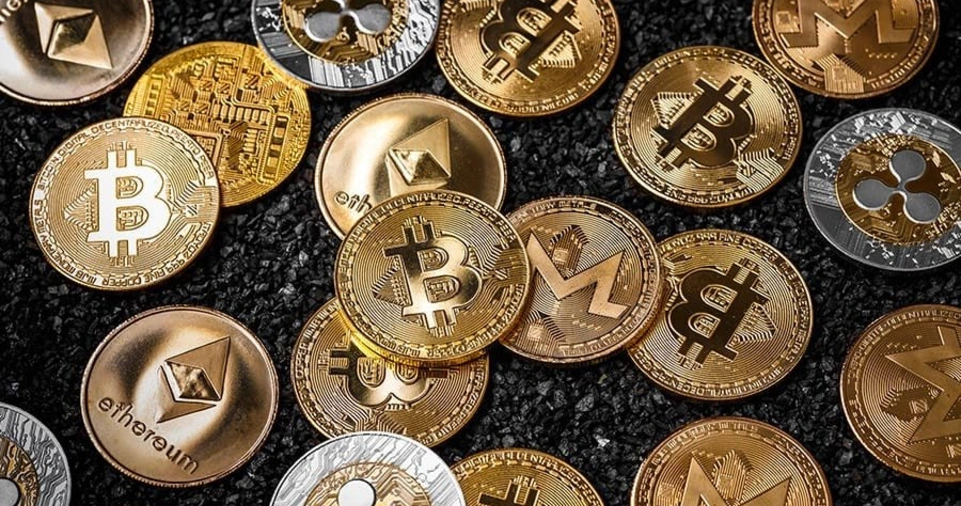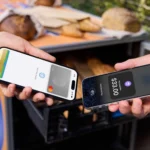Cryptocurrency has shifted from a niche interest to a mainstream financial option. If you’re new to the space, figuring out how to buy your first cryptocurrency can feel overwhelming.
The stakes are high: not only must you understand how to make a purchase, but you also need to know how to protect your investment from theft and scams. This guide walks you through the entire process step-by-step.
Understand What Cryptocurrency Is
Before diving in, it’s crucial to understand what you’re investing in. Cryptocurrency is a digital or virtual form of money that uses cryptography for security. The most well-known cryptocurrency is Bitcoin, but thousands of others exist, including Ethereum, Binance Coin, and Solana.
Key Features:
- Decentralized: Most cryptocurrencies operate without a central authority.
- Blockchain-based: Transactions are recorded on a public ledger called a blockchain.
- Volatile: Prices can swing dramatically.
Choose the Right Cryptocurrency
Not all cryptocurrencies are created equal. Some are established and widely accepted, while others are new and speculative.
Factors to Consider:
- Market capitalization
- Technology and use case
- Community and developer support
- Liquidity and trading volume
Popular Starter Cryptocurrencies:
- Bitcoin (BTC): Most established and widely accepted.
- Ethereum (ETH): Known for smart contracts.
- Solana (SOL): Fast and scalable.
- Litecoin (LTC): Often seen as the silver to Bitcoin’s gold.
Select a Cryptocurrency Exchange
You’ll need to use a cryptocurrency exchange to buy crypto. These platforms let you buy, sell, and store digital currencies.
Top Cryptocurrency Exchanges:
| Exchange | Features | Fees | Beginner Friendly |
|---|---|---|---|
| Coinbase | Easy to use, secure | Moderate | Yes |
| Binance | Low fees, wide range of coins | Low | Somewhat |
| Kraken | Strong security, good support | Moderate | Yes |
| Gemini | Regulated, secure | High | Yes |
What to Look For:
- Security features
- User interface
- Available cryptocurrencies
- Regulatory compliance
- Customer support
Set Up and Verify Your Account

Most exchanges require identity verification to comply with Know Your Customer (KYC) laws. You’ll typically need:
- A government-issued ID
- Proof of address
- A selfie for verification
Once your account is verified, you can fund it using:
- Bank transfer
- Debit/credit card
- PayPal (limited platforms)
Make Your First Purchase
After funding your account, it’s time to make your first buy.
Tips for Your First Purchase:
- Start small: Don’t invest more than you can afford to lose.
- Watch fees: Be aware of transaction and withdrawal fees.
- Use limit orders: These allow you to set a purchase price instead of buying at the market rate.
Store Your Cryptocurrency Securely
Owning crypto means taking responsibility for securing it. There are two main types of wallets:
Types of Wallets:
| Wallet Type | Description | Security | Accessibility |
|---|---|---|---|
| Hot Wallet | Connected to the internet (e.g., mobile apps) | Medium | High |
| Cold Wallet | Offline storage (e.g., hardware wallet) | High | Medium |
Recommended Wallets:
- Ledger Nano S/X (hardware)
- Trezor (hardware)
- Exodus (software)
- MetaMask (browser extension)
Protect Yourself from Scams
Cryptocurrency is a target-rich environment for scammers. Stay vigilant.
Common Scams:
- Phishing emails and fake websites
- Giveaway scams (e.g., “Send 1 BTC, get 2 BTC back”)
- Pump-and-dump schemes
- Fake apps and wallets
Best Practices:
- Use two-factor authentication (2FA)
- Never share your private keys
- Bookmark official exchange URLs
- Regularly update your wallet and devices
Understand Tax Implications
In many countries, crypto transactions are taxable.
Taxable Events:
- Selling crypto for fiat
- Trading one crypto for another
- Using crypto to purchase goods or services
Keep detailed records of every transaction. Use crypto tax software like CoinTracker or Koinly.
Learn Before You Leap
The crypto world changes fast. Stay updated and educate yourself.
Trusted Resources:
- CoinDesk
- CoinTelegraph
- Reddit: r/cryptocurrency
- YouTube: Andreas M. Antonopoulos
Diversify and Plan Your Investment Strategy

Don’t put all your eggs in one basket.
Investment Strategies:
- Dollar-Cost Averaging (DCA): Invest a fixed amount regularly.
- HODLing: Buy and hold long-term.
- Staking: Earn rewards for supporting a blockchain network.
Portfolio Example:
| Asset | Allocation |
|---|---|
| Bitcoin | 50% |
| Ethereum | 30% |
| Other Altcoins | 15% |
| Stablecoins | 5% |
Stay Updated with Market Tools
Use tools and apps to stay on top of market trends.
Useful Tools:
- CoinMarketCap/CoinGecko: Track prices and market caps
- TradingView: Technical analysis
- CryptoPanic: News aggregator
Participate Responsibly
The crypto space is exciting but unpredictable. Avoid emotional decisions and stick to your plan.
Tips:
- Avoid FOMO (Fear of Missing Out)
- Set clear goals
- Reassess regularly
Conclusion
Buying your first cryptocurrency is more accessible than ever, but the real challenge is doing it safely. By understanding the fundamentals, choosing the right platforms, securing your assets, and staying informed, you set yourself up for success.
Cryptocurrency isn’t just an investment—it’s a responsibility. Approach it with caution, curiosity, and a commitment to learn continuously. Whether you’re buying $100 or $10,000 worth of crypto, the steps remain the same: be smart, be safe, and take control of your digital assets.







